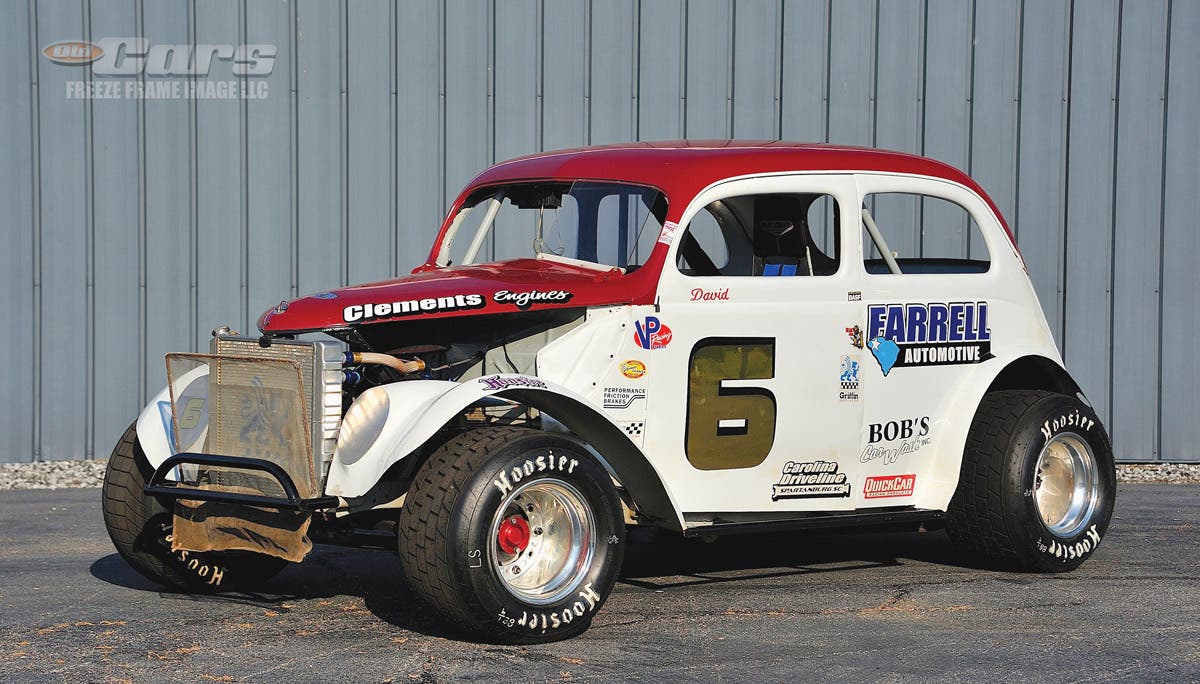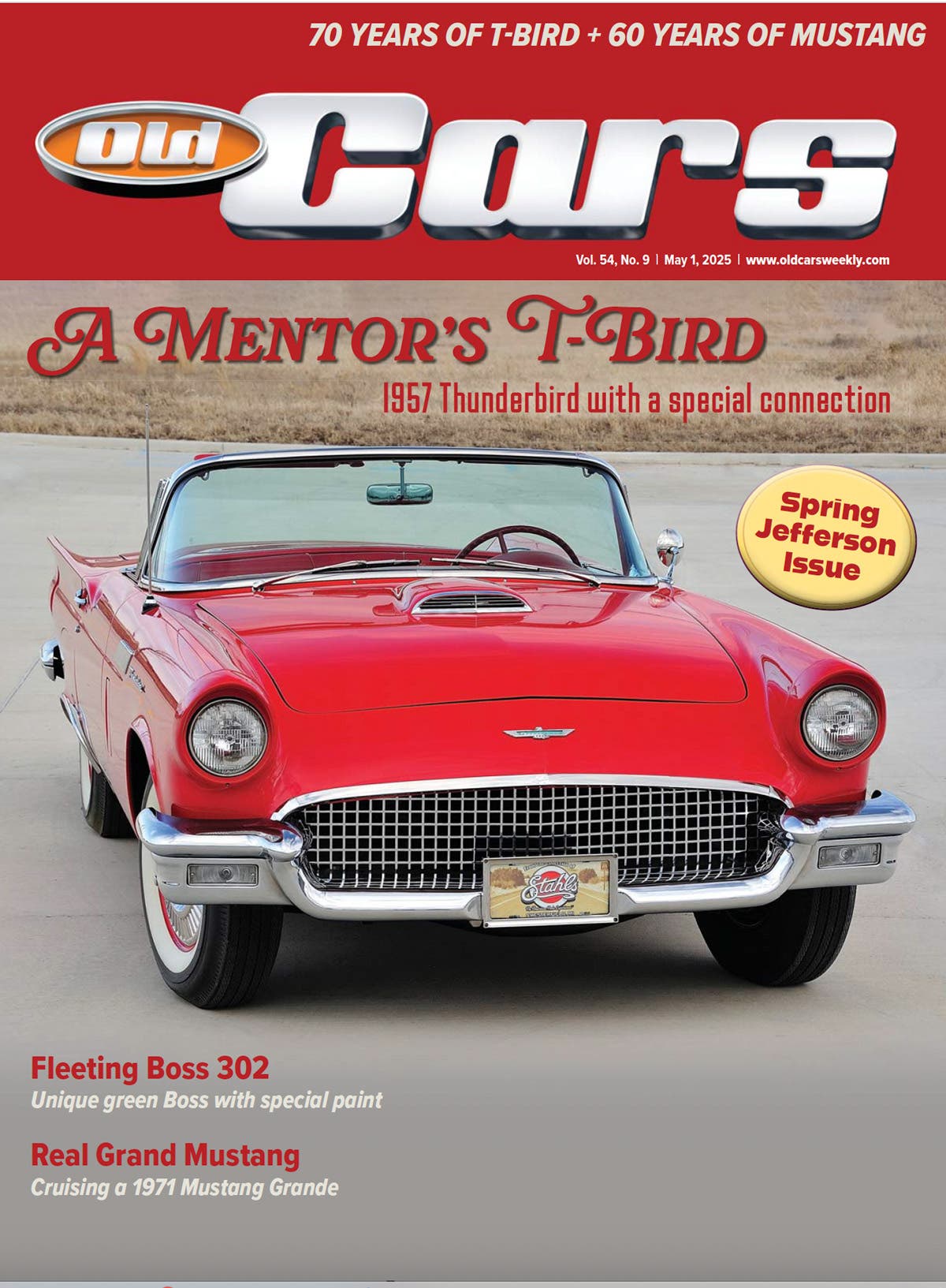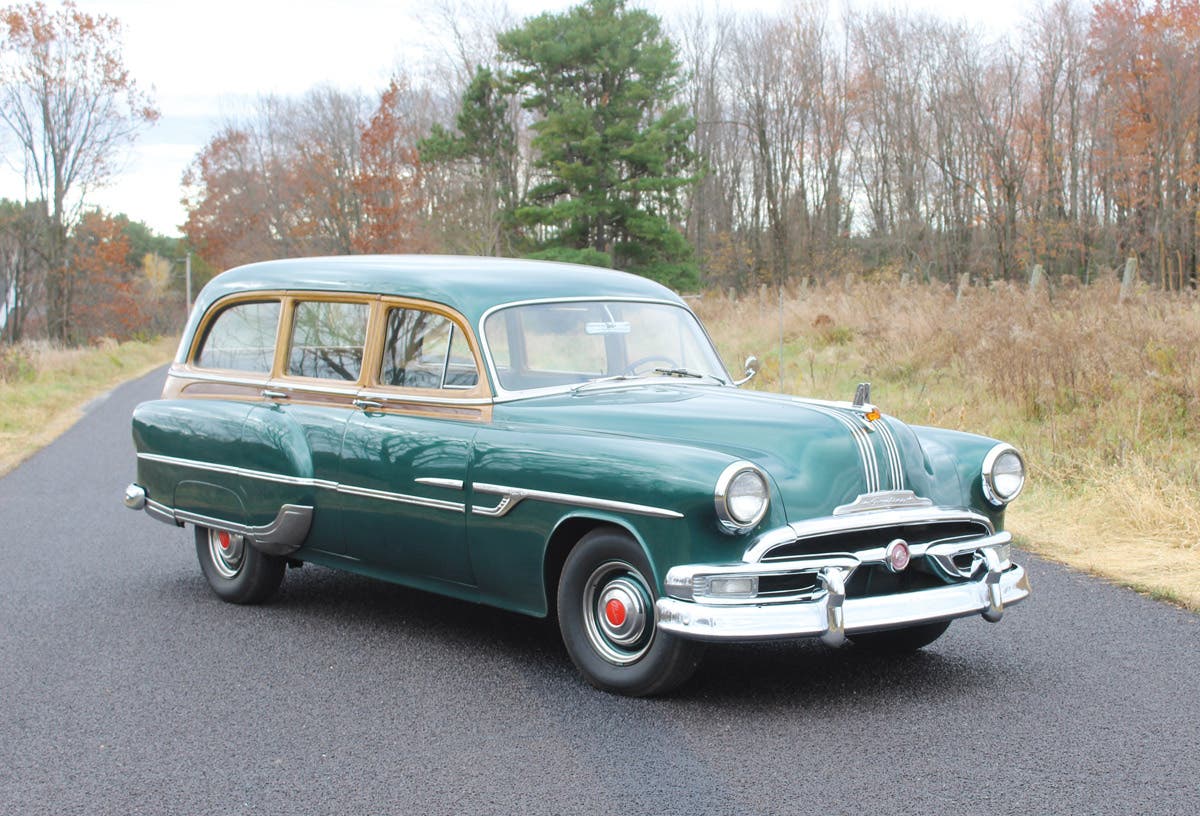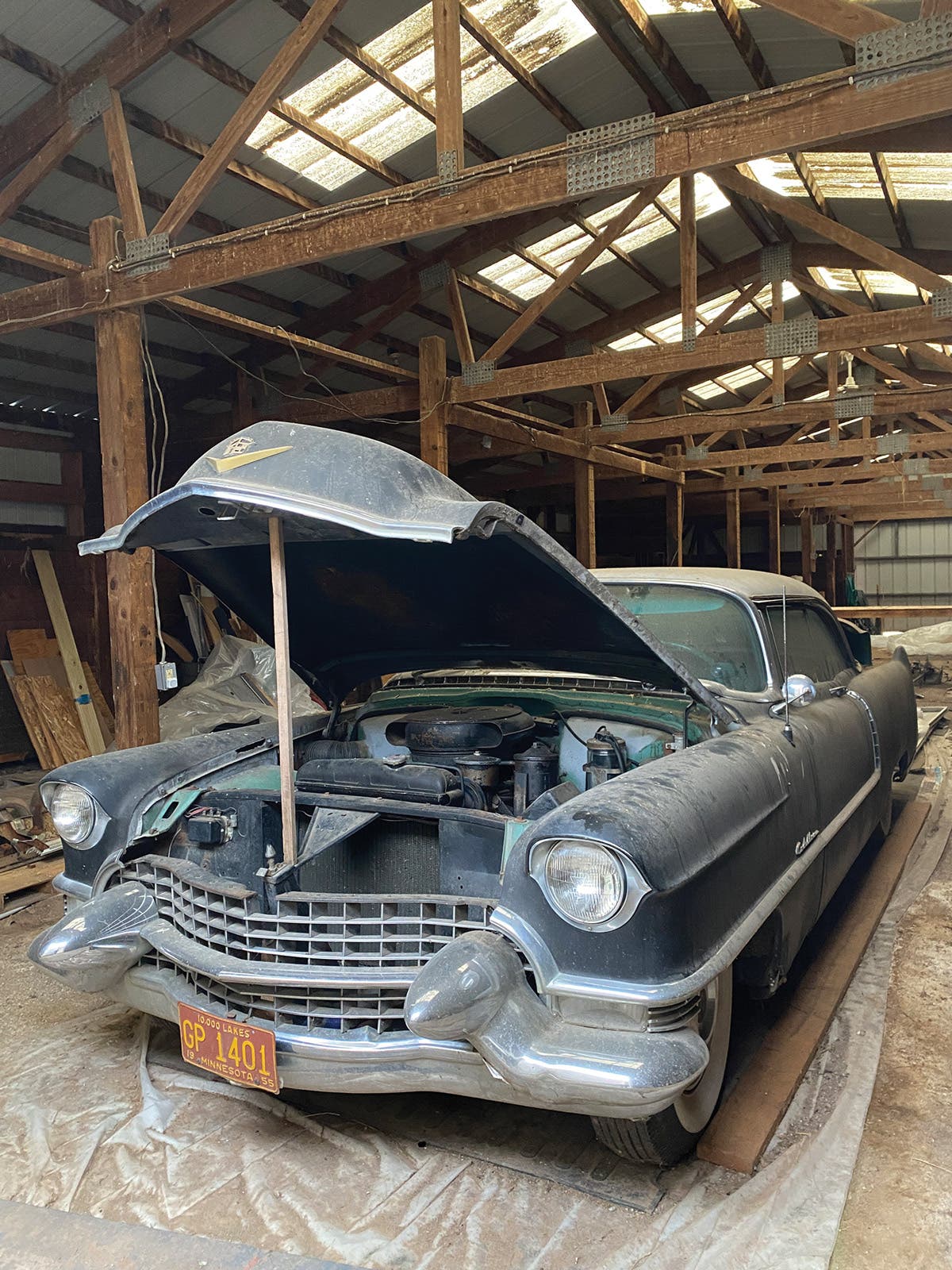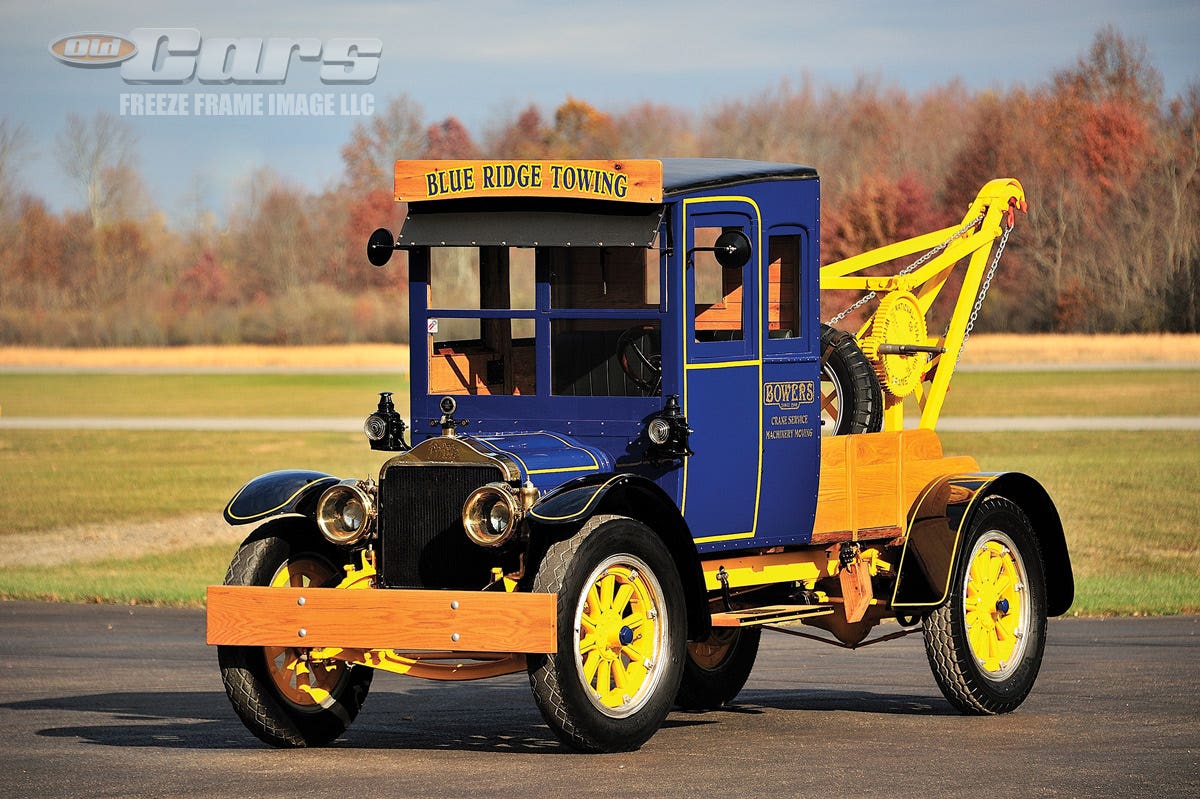From hippie chic to mainstream
The Volkswagen Bus is one of the most iconic vehicles of the 1960s — the classic “hippie van.” They were a lot of fun back then and they’re still a…
The Volkswagen Bus is one of the most iconic vehicles of the 1960s — the classic “hippie van.” They were a lot of fun back then and they’re still a hoot today, especially the camper versions.
The idea for the original VW bus was first proposed in April 1947, and it was initially meant to serve as a vehicle to haul car parts around the VW factory. A Dutch VW importer had hand-built a Beetle-based van to haul automotive parts, and the little truck worked very well. After seeing it, Volkswagen engineers and designers went to work creating a similar vehicle that would boast an extraordinary amount of interior room despite being based on the Beetle’s short 94.5-in. wheelbase. To achieve the cargo capacity goal, the body design was basically a large, tall cube with rounded corners — essentially a 170-cubic-foot storage box on wheels. In time, the modest hauler became a classic.
The original prototype, dubbed the Type 29, was designed to carry a 3/4-ton load, which was fine considering the vehicle’s small four-cylinder, 30 hp air-cooled engine. A six-volt electrical system was standard. The van initially was meant to be a simple commercial vehicle, because this was just after the end of World War II and Europeans faced years of rebuilding their shattered countries. As a result, a good, low-priced cargo truck that was easy on gas was sure to find a market. The first VW vans went on sale in Europe during 1949.
New passenger versions of the van soon joined the VW lineup and were an immediate success. Initially, just two versions were offered to buyers: the eight-passenger Standard and the fancier (for VW) eight-passenger Deluxe. Both were considered station wagons, although it wasn’t long before owners began taking out the rear seats and installing beds, tables and chairs.
As people began to realize the vans were ideal for camping, small firms went to work offering interior equipment for making it easier to camp out in the station wagons and vans. It wasn’t long before European eager-for-work up fitters and coach builders began to turn out vans that were factory-approved as campers.
In 1951, Volkswagen cashed in on the developing trend of camping out in VW Kombi vans retrofitted with beds and kitchen equipment. The company introduced the Westfalia, so-named because it was factory-fitted with camping equipment by Westfalia-Werke, a subcontractor in the Westphalia region of Germany. As built by Westfalia-Werke, the new VW camper van boasted real birch wood interior panels and laminated plywood cabinets; an ice box; sink; water storage tank with pump; electrical hookups; screened jalousie windows with curtains; and a laminated folding dining table. Optional equipment included “pop up” tops with canvas and screen sides along with awnings and side tents; a portable chemical toilet; a camp stove; a child sleeping cot; a large storage box matching the interior panels; a rear swing table; and a dash-mounted map table. The VW Westfalia camper proved surprisingly popular.
The VW Bus Comes to America
The first year the VW Bus was officially imported to America was 1952. There was even a pickup truck version based on the van, and it also became quite popular. However, a dispute that became known as the U.S.-Germany “Chicken War” quickly put an end to it, at least in the United States. The Chicken War came about when West Germany placed a heavy tariff on imports of very low-cost U.S.-raised chickens; they did it to protect their domestic chicken farmers. In response, Congress instituted a heavy tariff on imported pickup trucks. At the time, the only pickups being imported in any sort of volume were the ones produced by Volkswagen, and virtually overnight, the tariffs effectively killed off the VW pickup. However, the popular VW passenger buses and vans remained untouched by tariffs and sales continued to grow.
First-series VW buses and campers can be identified by their clean, smooth styling with bright trim moldings forming a large ‘V’ on the front panel of the vehicle and flowing along the sides, along with the prominent circular “VW” badge set within the V of this body trim. Two-tone paint and gorgeous glass-covered headlamps are other stylemarks of these classic buses. A two-piece split windshield is featured, along with rounded turn signal lamps offset above the headlamps and a curved front bumper painted white.
The second-series of VW buses arrived in 1967 and are identified by their one-piece windshields and tighter, more “modern” styling. Rather than a large circled “VW” emblem up front, they usually have a smaller one along with two fresh air intakes for the heating/ventilating system; these vents are flanked by orange turn signal lamps. The front bumper is short, straight and chrome-plated rather than painted.
(Relatively) More Power
There are many improvements in the second series. The engine was upgraded to a 1600cc unit pumping out a more credible 57 hp. The side air intakes for the engine were replaced by oval gills set into the upper corners of the rear. By 1972, the engine size had been further increased to 1700cc and dual carburetors became standard equipment, raising output to 66 hp. Thankfully, front disc brakes had been standardized a year earlier. Some changes took time; it wasn’t until 1974 that the Bus’ old-fashion generator was replaced by a modern alternator (most other auto companies had made the switch in the mid 1960s). In an effort to gain more power and improve drivability, fuel injection was introduced for 1975. The second-series buses were produced until July 1979, after which they were displaced by the new VW Vanagon. We’ll cover that vehicle in a future column.
As far as collectability, the first-series buses are the absolute tops, though the chance of finding a decent one for not much money is pretty slim. Prices range from $10,000 or slightly less for something needing a lot of work up to $200,000 or more for a an absolutely perfect 23-window bus. Shocked? The average price for a first-series No. 3 driver example ranges somewhere between a somewhat more moderate $40,000 and $70,000, with the difference mainly due to condition and features, though the 23-window versions are, by far, the highest priced. (Second-series examples are far more affordable, with nice driver-quality No. 3 condition examples in the $20,000 and up range.) As in the purchase of any old vehicle, you’re better off buying the very best example you can afford, as restoration usually costs quite a bit more than purchasing a vehicle that’s already been restored. Exercise caution when buying, and hire a competent mechanic who’s familiar with VW Buses to do a thorough examination prior to purchase. If the seller is honest, they won’t object, and it could save you a lot of heartache — not to mention money.
And then take it for a camping trip! But to be safe, stay away from busy highways, because these things are S-L-O-W. Keep your trips to in-state parks and don’t ever be tempted to use the passing lane on a highway, because you’re probably not going to be able to pass whatever is in front of you. My best advice, for life or for driving a VW Bus, is relax, stay calm and enjoy the ride.
*As an Amazon Associate, Old Cars earns from qualifying purchases.



